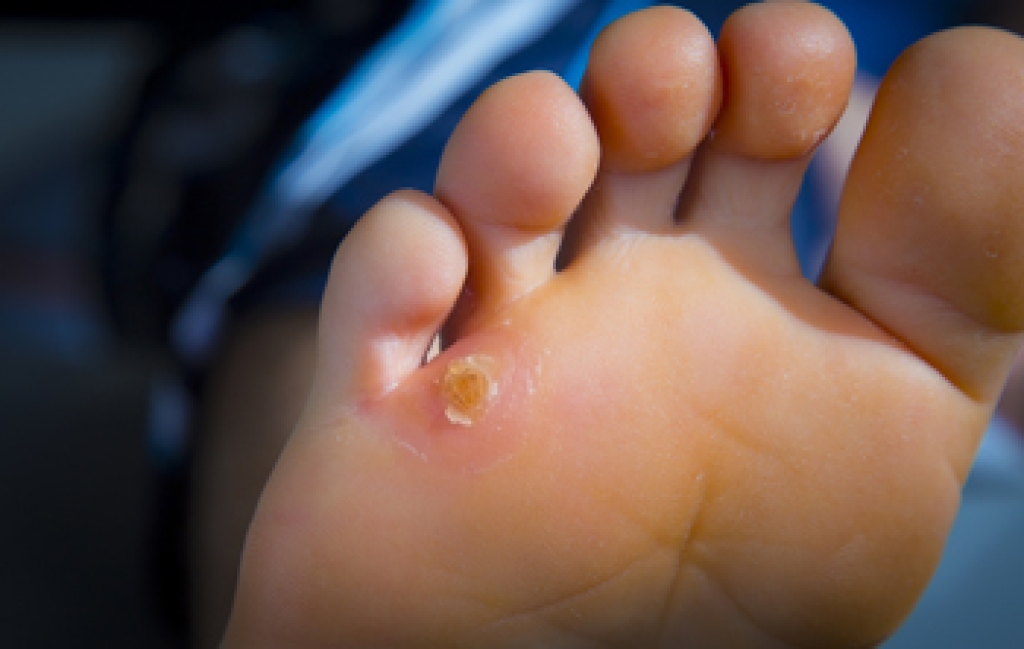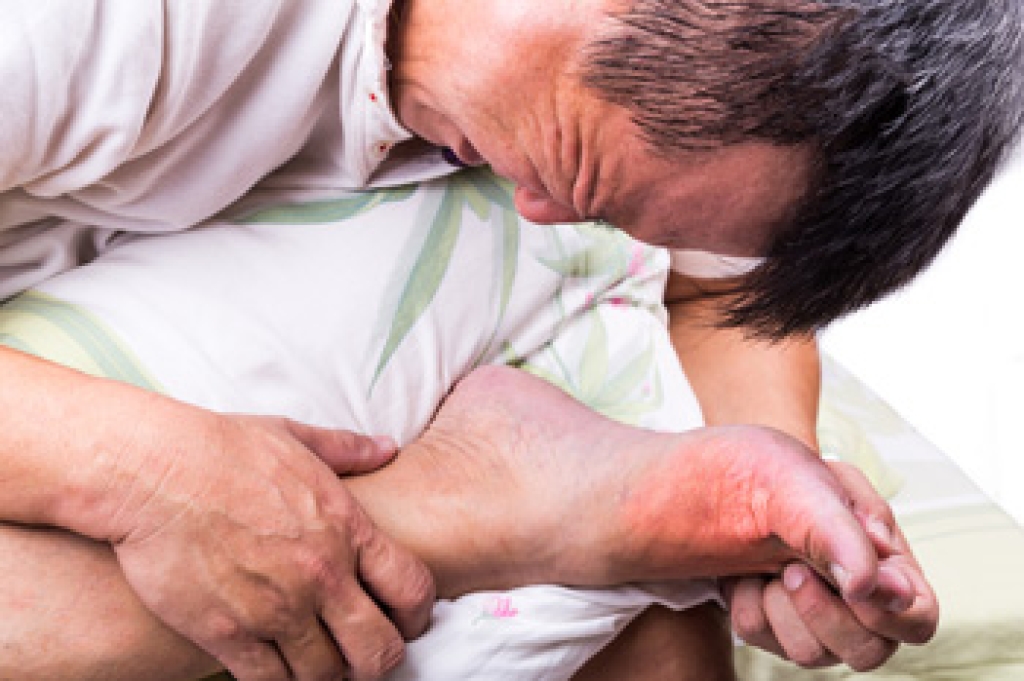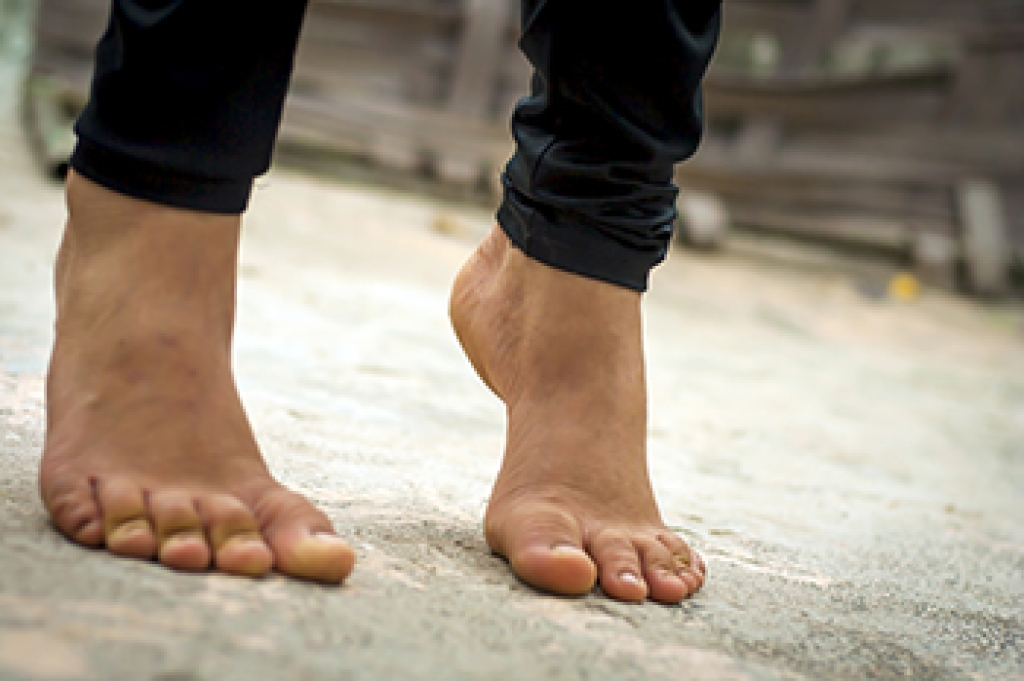 Plantar fasciitis, which is one of the most common causes of heel pain, occurs when there is inflammation or degeneration of the plantar fascia, the band of tissue that runs along the bottom of the foot from the heel to the toes. While plantar fasciitis is an overuse injury, there are a variety of other factors that contribute to it, including wearing unsupportive footwear, being overweight, or having overpronated feet or tight calf muscles. Patients who are suffering from pain in the heel that develops over time, is worse in the morning, and causes tenderness in the arch of the foot, should consult with a podiatrist to confirm the source of the pain. If the heel pain is a result of plantar fasciitis, your podiatrist will have a variety of treatment methods to help you that may include cold therapy, taping the arch of the foot, orthotics, splints or medications.
Plantar fasciitis, which is one of the most common causes of heel pain, occurs when there is inflammation or degeneration of the plantar fascia, the band of tissue that runs along the bottom of the foot from the heel to the toes. While plantar fasciitis is an overuse injury, there are a variety of other factors that contribute to it, including wearing unsupportive footwear, being overweight, or having overpronated feet or tight calf muscles. Patients who are suffering from pain in the heel that develops over time, is worse in the morning, and causes tenderness in the arch of the foot, should consult with a podiatrist to confirm the source of the pain. If the heel pain is a result of plantar fasciitis, your podiatrist will have a variety of treatment methods to help you that may include cold therapy, taping the arch of the foot, orthotics, splints or medications.
Plantar fasciitis can be very painful and inconvenient. If you are experiencing heel pain or symptoms of plantar fasciitis, contact Cary Golub, DPM from New York. Our doctor can provide the care you need to keep you pain-free and on your feet.
What Is Plantar Fasciitis?
Plantar fasciitis is the inflammation of the thick band of tissue that runs along the bottom of your foot, known as the plantar fascia, and causes mild to severe heel pain.
What Causes Plantar Fasciitis?
- Excessive running
- Non-supportive shoes
- Overpronation
- Repeated stretching and tearing of the plantar fascia
How Can It Be Treated?
- Conservative measures – anti-inflammatories, ice packs, stretching exercises, physical therapy, orthotic devices
- Shockwave therapy – sound waves are sent to the affected area to facilitate healing and are usually used for chronic cases of plantar fasciitis
- Surgery – usually only used as a last resort when all else fails. The plantar fascia can be surgically detached from the heel
While very treatable, plantar fasciitis is definitely not something that should be ignored. Especially in severe cases, speaking to your doctor right away is highly recommended to avoid complications and severe heel pain. Your podiatrist can work with you to provide the appropriate treatment options tailored to your condition.
If you have any questions, please feel free to contact our offices located in Williston Park, and Long Beach, NY . We offer the newest diagnostic and treatment technologies for all your foot care needs.




